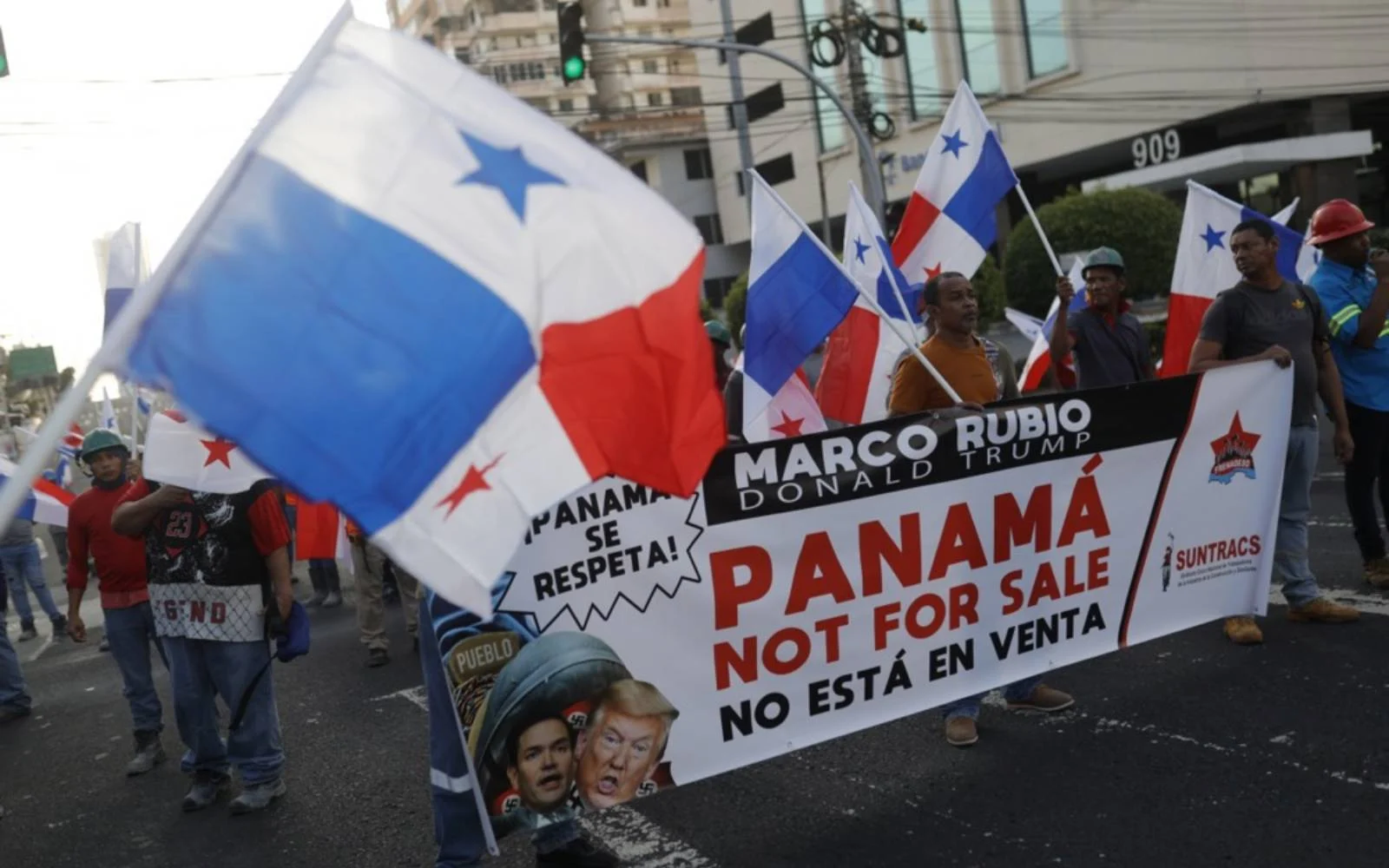
Introduction: Panama’s Rising Migration Crisis and the Deportation Dilemma
In a surprising turn of events, Panama has sent 97 U.S. deportees to a migrant camp after they refused to be repatriated to the United States. The deportees, who had been detained by Panamanian authorities after arriving from various countries, reportedly expressed reluctance to return to the U.S. due to personal reasons, fear of persecution, or other factors. This latest move underscores the growing complexities surrounding migration and deportation, particularly in Central America, where the tension between humanitarian concerns and international cooperation is becoming more pronounced.
Why Did the U.S. Deportees Refuse Repatriation?
The decision of the 97 deportees to resist returning to the U.S. has sparked debates and raised questions about the broader implications for U.S. immigration policies. Some of the key reasons for their refusal include:
- Fear of Legal Consequences: Many deportees fear facing further legal actions, including charges related to immigration violations, upon their return to the U.S.
- Personal Safety Concerns: Others are wary of returning to communities in the U.S. where they may face threats from gang violence or criminal organizations.
- Psychological and Emotional Trauma: Deportation often carries deep psychological impacts, especially for those who have lived in the U.S. for long periods, creating a sense of home and community there.
Panama’s decision to house the deportees in a migrant camp reflects the complex nature of these situations, where asylum claims, human rights concerns, and international laws intersect.
The Role of Panama in the U.S. Deportation Process
Panama, as a transit hub for migrants, plays a critical role in managing the flow of people heading toward the U.S. border. The country is under increasing pressure to handle deportations from the U.S. and other nations, particularly as regional migration levels surge. In recent years, Panama has seen a significant rise in the number of migrants passing through the Darien Gap, one of the most dangerous routes in the world for travelers heading toward the U.S.
With more migrants passing through the country, Panama is also grappling with the legal and logistical complexities of managing deportees. The establishment of migrant camps like the one housing the 97 U.S. deportees is part of Panama’s broader strategy to manage irregular migration flows. However, the situation raises concerns about overcrowded conditions, limited resources, and potential human rights violations within these camps.
Panama’s Migrant Camps: Conditions and Humanitarian Concerns
While Panama has taken steps to address the influx of migrants, the conditions in its camps have been heavily criticized by human rights organizations. Reports of overcrowding, insufficient access to healthcare, and inadequate sanitation facilities have surfaced over the past year. The situation has been exacerbated by the high number of migrants, including those deported from other countries, seeking refuge or passage through Panama.
- Overcrowding: With a limited number of facilities and resources, the camps are often filled beyond capacity, creating difficult living conditions for both migrants and deportees.
- Access to Basic Services: Many migrants report that they struggle to access clean water, medical care, and adequate food, which has led to calls for urgent reform.
- Psychosocial Support: Many deportees, including the 97 recently sent to the camp, face mental health challenges as they navigate uncertain futures. Humanitarian organizations are calling for more comprehensive psychological support for individuals in these camps.
The Implications for U.S.-Panama Relations
The decision by Panama to send the 97 U.S. deportees to a migrant camp could have implications for U.S.-Panama relations, particularly as both countries continue to work on migration issues. Panama has been a key partner in U.S. efforts to manage migration flows in Central America, but this latest move raises questions about the country’s role in handling deportees and its broader approach to migration.
As tensions rise in the region, experts believe that Panama may have to reconsider its strategy for dealing with deportees. This could involve:
- Strengthening Bilateral Agreements: Panama may seek more formal agreements with the U.S. on how deportations and migrant camp conditions are managed.
- Increasing Humanitarian Aid: As pressure mounts, Panama may ask for more international aid to improve camp conditions and provide necessary services to migrants and deportees.
- Addressing Root Causes of Migration: Both nations may need to focus on the root causes of migration, such as violence, poverty, and lack of opportunities in Central America, to effectively address the issue in the long term.
Frequently Asked Questions (FAQ)
1. Why did the U.S. deportees refuse to be repatriated?
The deportees likely refused repatriation due to fears of legal consequences, personal safety concerns, and emotional distress related to the trauma of deportation.
2. How is Panama involved in U.S. deportations?
Panama acts as a transit country for many migrants heading to the U.S., and it is often involved in managing the repatriation process for deportees from the U.S. and other nations.
3. What are the living conditions like in Panama’s migrant camps?
Conditions in Panama’s migrant camps have been criticized for overcrowding, insufficient medical care, and a lack of basic services, such as clean water and food.
4. What is Panama doing to manage the growing migration crisis?
Panama has established migrant camps, partnered with international organizations, and is seeking more bilateral cooperation with the U.S. to manage the influx of migrants.
5. What impact could this have on U.S.-Panama relations?
The situation may lead to heightened tensions between the U.S. and Panama, possibly prompting both nations to reassess their strategies for managing deportations and migration flows.
Stay Informed
The migration crisis in Central America continues to evolve, with countries like Panama at the forefront of managing increasing numbers of deportees and migrants. For more updates on the latest migration trends and international developments, stay connected with us. Feel free to share your thoughts or comment below—let’s continue the conversation on how nations can collaborate to address these complex migration challenges.
Engage with Us:
Do you think Panama is doing enough to address the migrant crisis? Share your opinion in the comments, and don’t forget to share this article with others interested in global migration issues.









